
We all know Gran Vía, Puerta del Sol, and Palacio Real are the main attractions in the Community of Madrid. Thousands of tourists visit these places and admire their charm. However, Madrid’s beauty goes further than that. Discover what is to be found beyond the capital and the town centre, such as Madrid’s gorgeous villages and its charming natural landscapes.

Patones de Arriba. | Shutterstock
Patones de Arriba is one of the loveliest villages in the region, for sure. You’ll fall in love with its narrow streets and the singular black slate of its roofs, its most recognisable characteristic. The easiest way to get there is by walking from Patones de Abajo.

Monastery of San Lorenzo de El Escorial. | Shutterstock
A list of Madrid’s wonders has to include this place. The Royal Monastery of San Lorenzo de El Escorial was declared a World Heritage Site by UNESCO. It’s one of Madrid’s (and Spain’s) many treasures. This architectural complex was designed by Juan de Herrera, Philip II’s architect, in the 16th century. The Royal Vault awaits in the Basilica, where every Spanish monarch has been buried since the reign of Charles I.
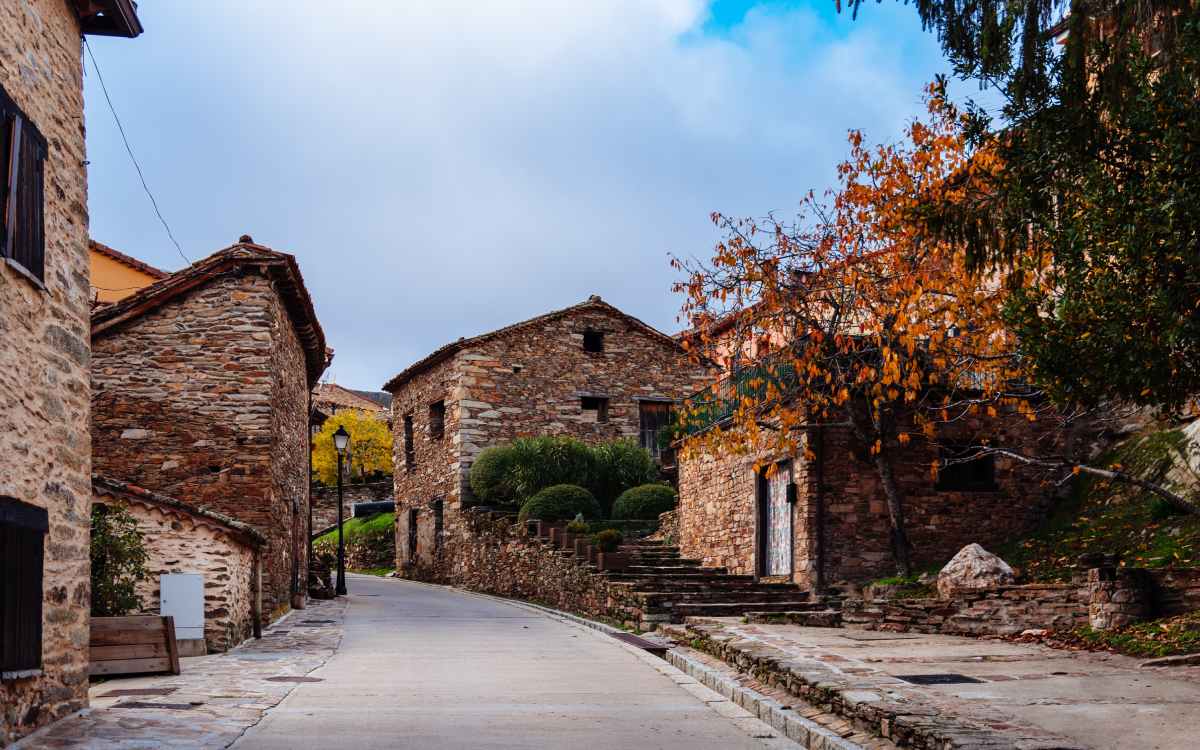
La Hiruela. | Shutterstock
This is one of the least populated municipalities in the Community of Madrid, but it is still fascinating. La Hiruela sits in the Sierra del Rincón and is known for its stone houses. Although these small houses are old, the ones that compose the town centre have been perfectly preserved. This village was declared a Biosphere Reserve in 2005.

Chinchón’s Plaza Mayor, its main square. | Shutterstock
Many people believe that Chinchón has one of the most beautiful and interesting squares in Spain. This square, irregularly shaped, is surrounded by green wooden balconies where people enjoy the view. They are useful too for bullfighting enthusiasts, since the square is a bullfighting ring too. The Torre del Reloj, the Nuestra Señora de la Asunción Church and the Convento de San Agustín, now known as the Parador Nacional, are a must on every visit to Chinchón.

Buitrago del Lozoya. | Shutterstock
One of the most beautiful and picturesque villages in the Community of Madrid, Buitrago del Lozoya, sits in the heart of Sierra de Guadarrama. It is surrounded by breathtaking Arab walls and the Lozoya River, from which it receives its name. Don’t miss the opportunity to visit the Castillo, the Torre del Reloj, and the Santa María del Castillo Church when you go to Buitrago.
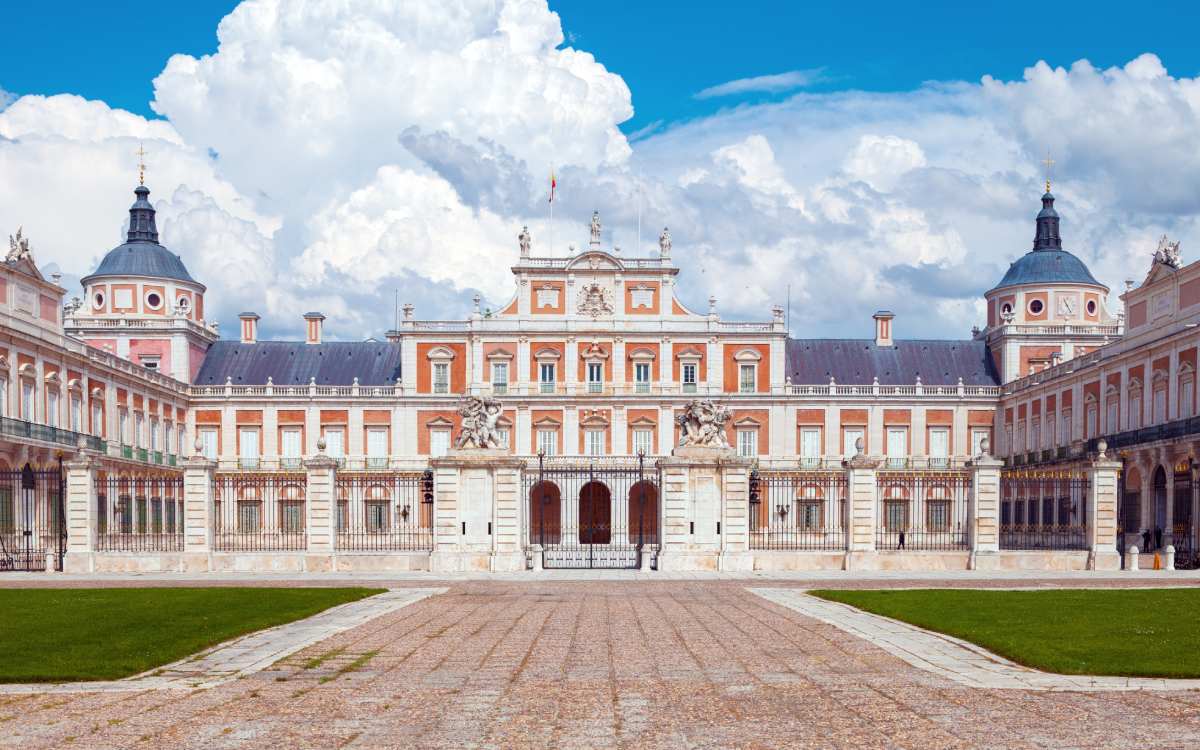
Royal Palace of Aranjuez. | Shutterstock
Aranjuez is a mandatory stop on every route through Madrid. This southern municipality of the Community of Madrid houses the Royal Palace of Aranjuez and its breathtaking gardens. This idyllic spot is a UNESCO World Heritage Site, and it’s worth stopping by.
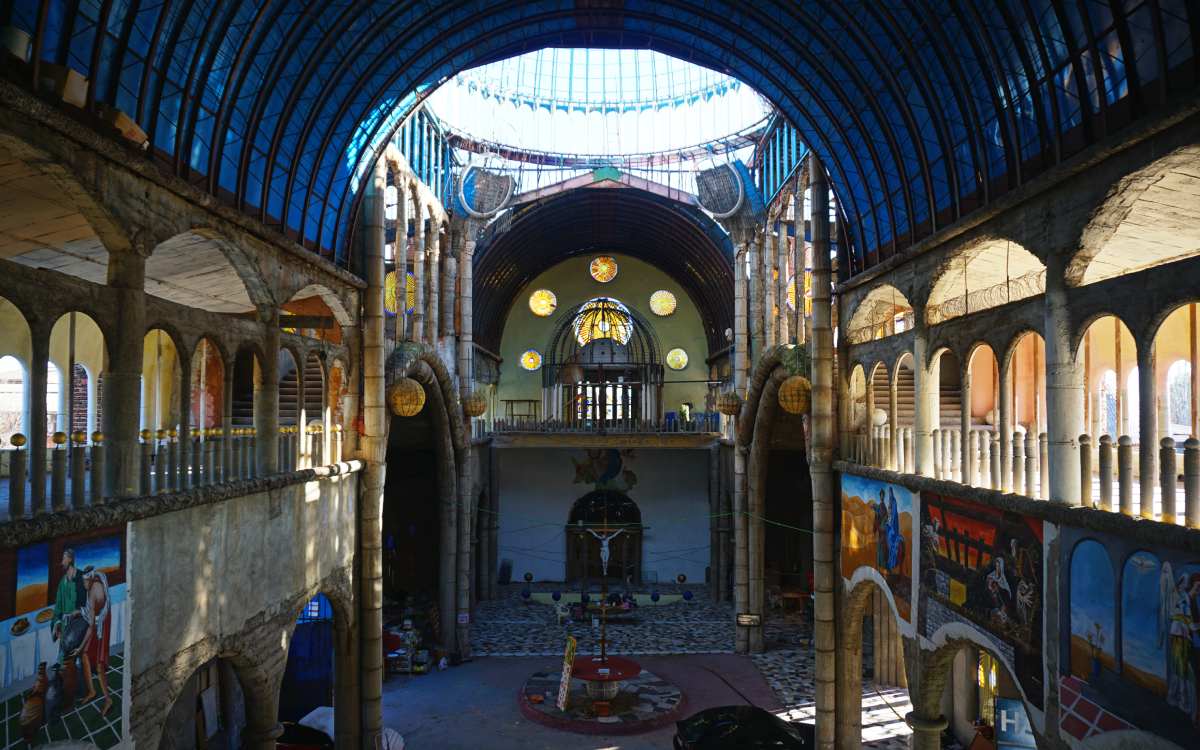
Justo Cathedral. | Shutterstock
This is one of Madrid’s most interesting buildings. This building, known as Justo Cathedral, was built by a single person, Justo Gallego. The work lasted until his very last day, when it was given away to a foundation that would complete the construction. This cathedral was Justo’s masterpiece, modelled on Spanish cathedrals. After his expulsion from a monastery in Soria when he was 27 years old, he started building this flamboyant creation in Mejorada del Campo, even though he didn’t know anything about construction.
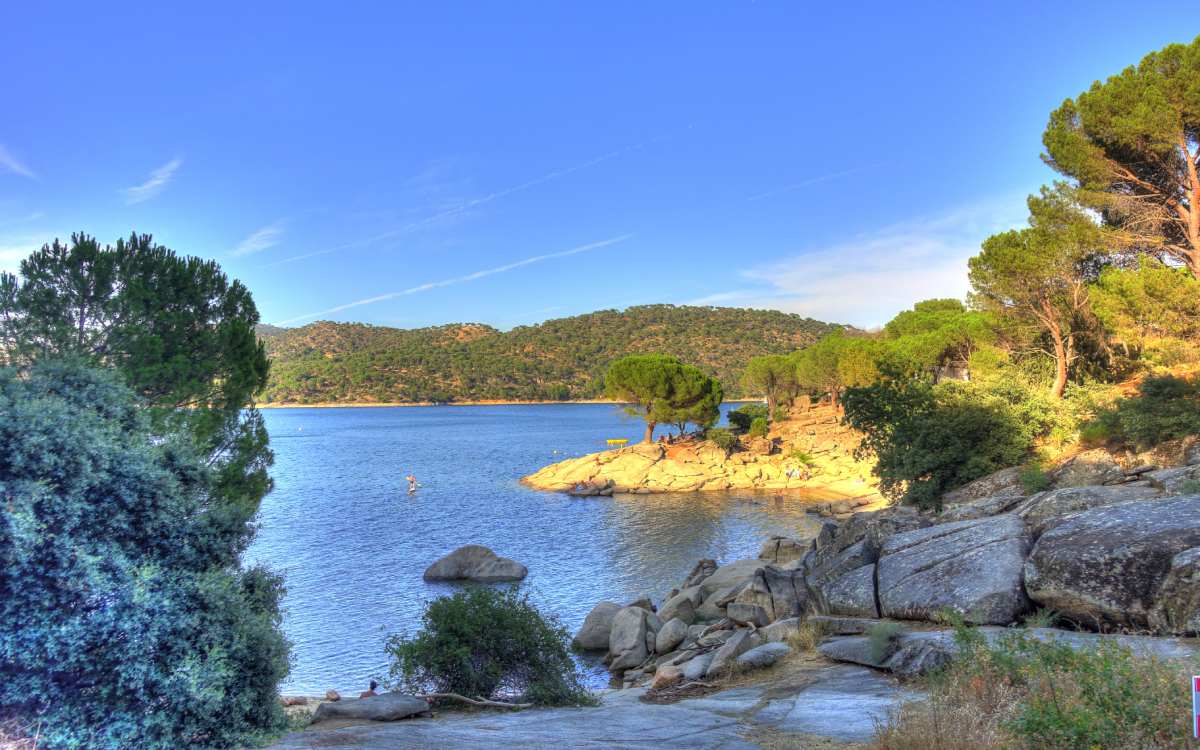
San Juan Reservoir. | Shutterstock
Popularly known as ‘Madrid’s beach’, the San Juan Reservoir is one of the most crowded places in the summer, when people try to escape the heat with a refreshing dip. Besides that, it is also a true delight for hiking and water sports lovers, and it is the perfect place for sailing.
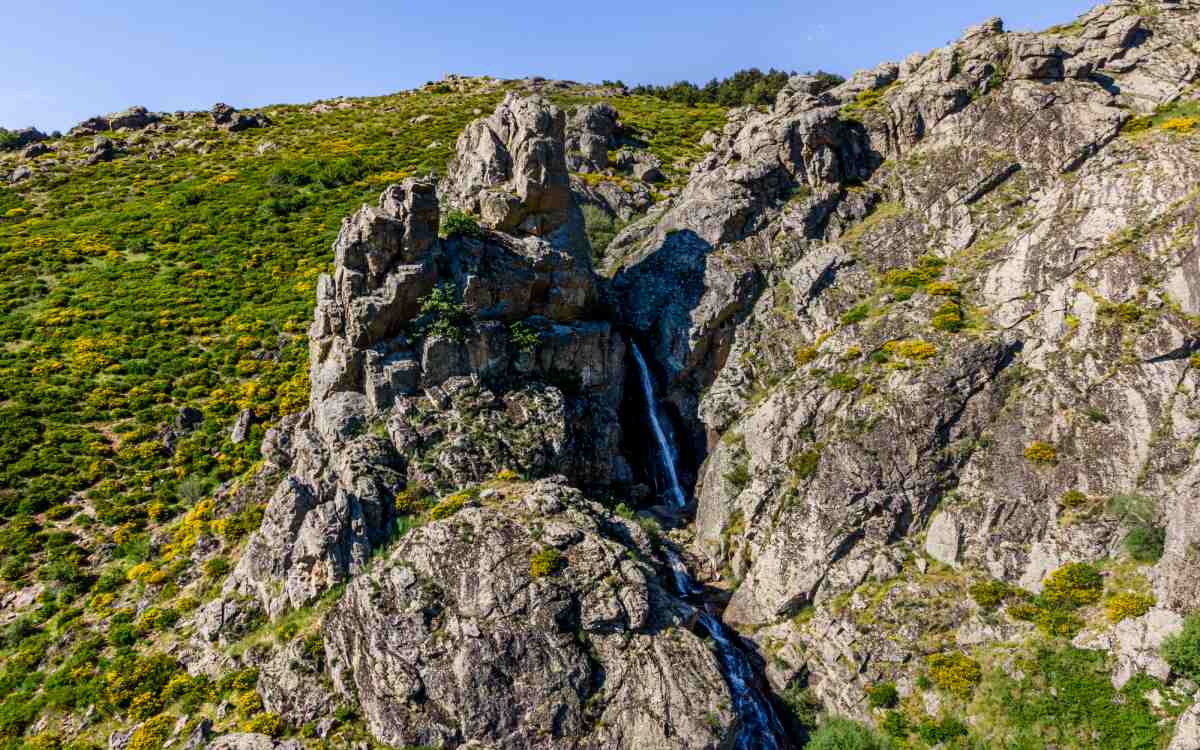
Chorrera de los Litueros. | Shutterstock
Madrid’s tallest waterfall lies in Somosierra. Chorrera de los Litueros is a heart-stopping waterfall of more than 40 metres in height, located 1,440 metres above sea level. You have to complete a 12-kilometer-long route to reach it.

Bosque Finlandés. | Shutterstock
Although it looks like it belongs to a Nordic country, Bosque Finlandés is in Rascafría. The bucolic atmosphere composed by the lake and its surrounding trees takes the visitor somewhere in Finland, which actually makes sense because these trees are autochthonous species from this country. And in case it wasn’t similar enough to Finland, El Potario, this place’s official name, has a sauna in a cabin. A very popular waterfall, Cascadas del Purgatorio, lies nearby. You can access them by following a simple route that begins at El Paular Monastery.

Navacerrada Pass. | Shutterstock
The Navacerrada Pass, or Puerto de Navacerrada, divides the provinces of Segovia and Madrid, and it is a perfect place for skiing in snowy seasons. It has eight pistes of diverse grading. If you want to extend your visit to the mountains for a few days, there are hotels, apartments, and restaurants to enjoy to the maximum.

Philip’s II chair. | Shutterstock
Near El Escorial, at Bosque de la Herrería, lies a very interesting place. A complex of “seats” that are actually granite platforms awaits you in the heart of this natural landscape. Legend has it that Philip II used to visit this place to watch the building of the Monastery of San Lorenzo de El Escorial.